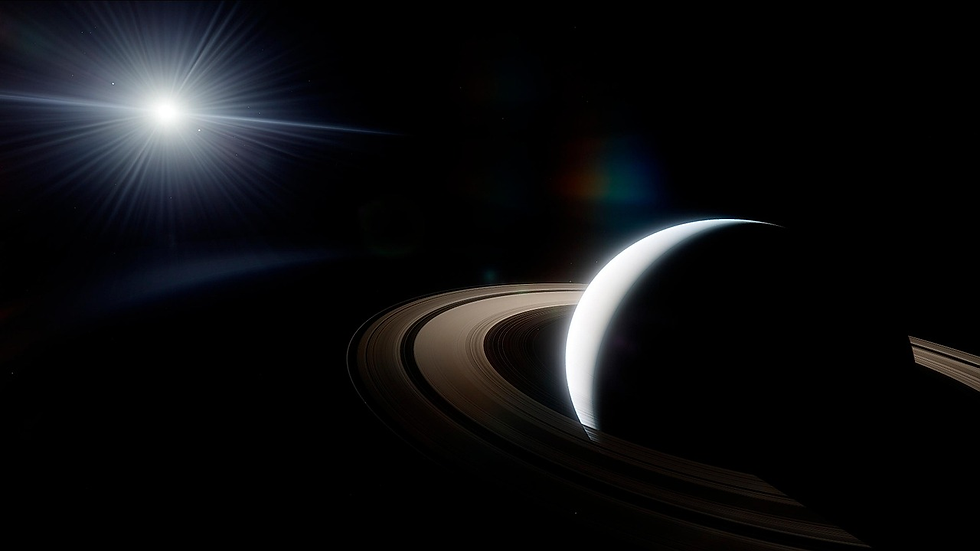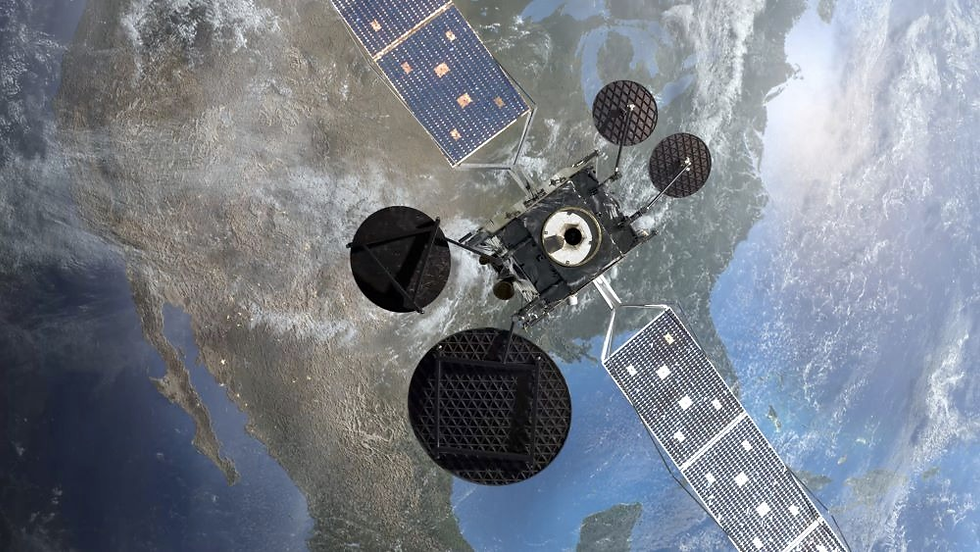Astronauts Transform Space Station Into Flying Laboratory for Future Deep Space Missions
- MM24 News Desk
- Oct 15
- 2 min read

What does it take to keep humans alive on a space station while simultaneously preparing for missions to Mars? The answer lies in the daily grind of experiments and maintenance that most of us never see.
On Tuesday, the seven-member Expedition 73 crew turned the International Space Station into a bustling workshop, juggling cutting-edge science experiments with the unglamorous but essential task of keeping their orbital home running smoothly. Think of it as being a homeowner and a research scientist at the same time, except your house is hurtling through space at 17,500 miles per hour.
NASA's Jonny Kim and Japan's Kimiya Yui tackled challenges that could make or break future deep space exploration. Kim fired up a new system in the Harmony module designed to pull moisture from the air and recycle it, a technology that sounds mundane until you realize crews heading to Mars won't have the luxury of supply deliveries. Meanwhile, Yui operated the Electrostatic Levitation Furnace in Japan's Kibo module, using lasers to superheat materials floating in midair.
This isn't science fiction theatrics; it's serious research measuring properties of materials at temperatures and conditions impossible to achieve on Earth.
NASA's Mike Fincke installed sophisticated heat transfer equipment that studies how gas condenses into liquid in microgravity. Why does this matter? Future spacecraft need reliable cooling systems that actually work when there's no gravity to help fluids flow naturally.
Not everything happening aboard the station involves flashy laser experiments.
READ ALSO: https://www.modernmechanics24.com/post/forterra-acquires-gotenna-autonomous-mission-systems
NASA's Zena Cardman spent her day doing the space equivalent of checking the plumbing and HVAC system, transferring fluids, measuring airflow, and hunting for corrosion. She also swapped sample cassettes for pharmaceutical research, because apparently making medicine in space might be easier than shipping it there.
The Russian segment kept busy too. Commander Sergey Ryzhikov replaced electrical components while his crewmates Alexey Zubritsky and Oleg Platonov maintained life support systems and studied how blood flows through tiny vessels in weightlessness.
Every mundane task and exotic experiment brings us closer to sustainable life beyond Earth.



Comments